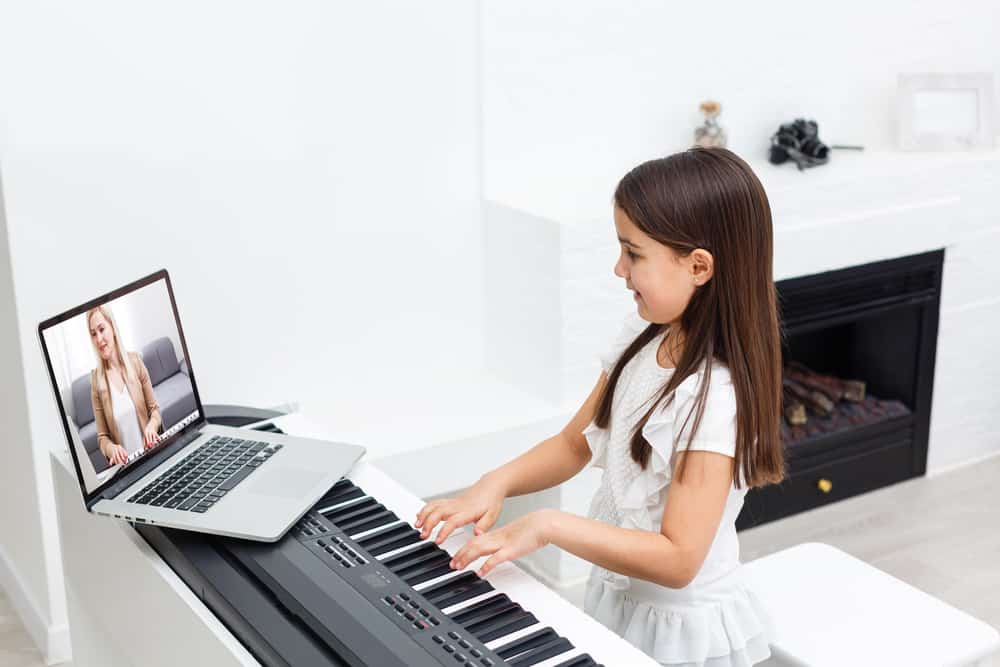Digital pianos have evolved far beyond being simple electronic alternatives to acoustic pianos. With their growing range of advanced features, they can become a source of daily inspiration, making the practice experience more engaging and fulfilling. One of the most compelling aspects of modern digital pianos is their ability to simulate the nuanced touch and tone of an acoustic grand piano through sophisticated key action and sound engine technology. This allows players to experience expressive playing even in compact living spaces or apartments where a traditional piano might not be practical. The addition of graded hammer action, velocity sensitivity, and escapement mechanisms gives pianists tactile feedback that closely mimics the feel of acoustic keys, which in turn enhances technique and dynamic control during practice sessions. Beyond the feel of the keys, many digital pianos come equipped with a wide variety of instrument voices, effects, and layered sound capabilities. This opens up creative possibilities that go far beyond classical repertoire.

Whether layering strings and piano, experimenting with electric piano and synth sounds, or using built-in rhythms and accompaniments, these features invite players to explore different genres and styles. For those who enjoy composing or improvising, having access to such a palette of tones can help transform a simple idea into a rich musical landscape. This variety can reinvigorate practice sessions, making them feel less like a chore and more like a creative workshop. The integration of recording functions and connectivity features further boosts motivation. Most digital pianos now allow users to record their performances directly, either through onboard memory or via USB/MIDI to external devices. Listening back to recordings helps players evaluate their progress, identify areas for improvement, and celebrate milestones. Many instruments also offer Bluetooth or wireless MIDI connectivity, making it easy to connect with music apps, digital audio workstations, or online lessons. This not only enables more interactive learning but also brings a level of personalization and convenience that traditional pianos cannot offer.
Another game-changing feature is the availability of built-in learning tools such as metronomes, lesson modes, and even lighted key guidance systems. These tools can help players of all levels improve their timing, finger placement, and sight-reading. Some digital pianos can split the keyboard into two identical zones, which is perfect for student-teacher duets or practice with a partner. This supports more collaborative and effective learning, especially for beginners or those returning to the instrument after a long break. Overall, advanced features in digital pianos are designed not just to replicate the acoustic experience but to extend and enhance it. They cater to both technical growth and creative exploration, making it easier than ever to stay inspired and committed to regular practice. With these tools at hand, every session becomes an opportunity to learn something new, refine a skill, or simply enjoy making music.
Categories: Entertainment